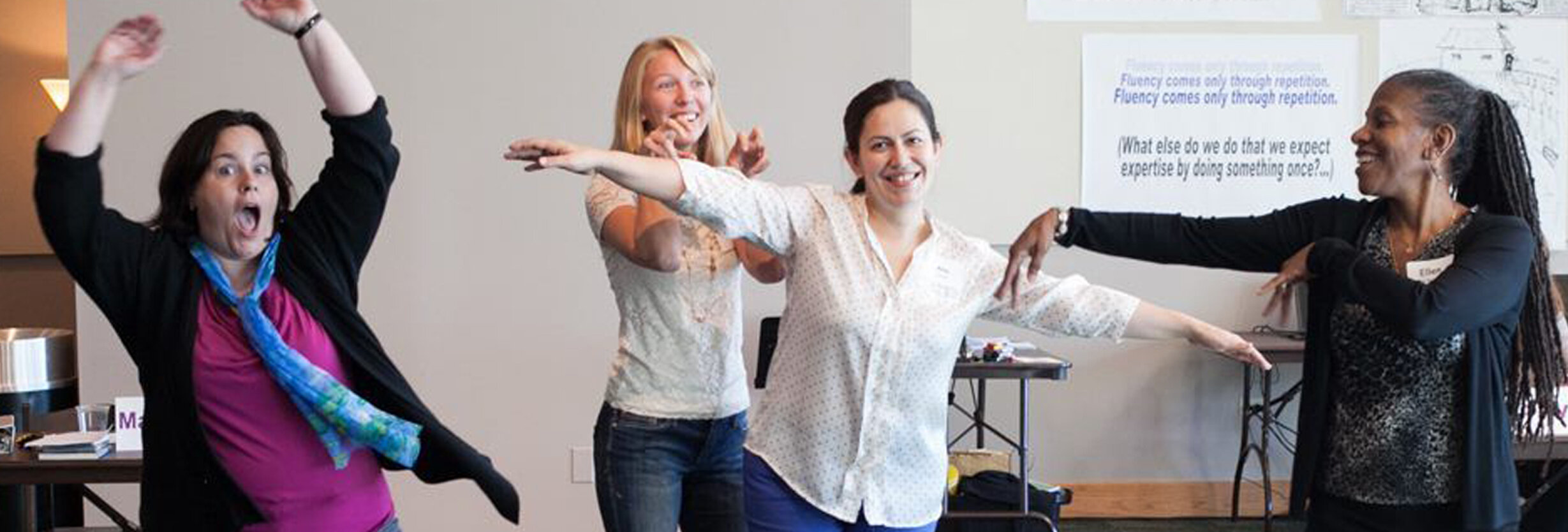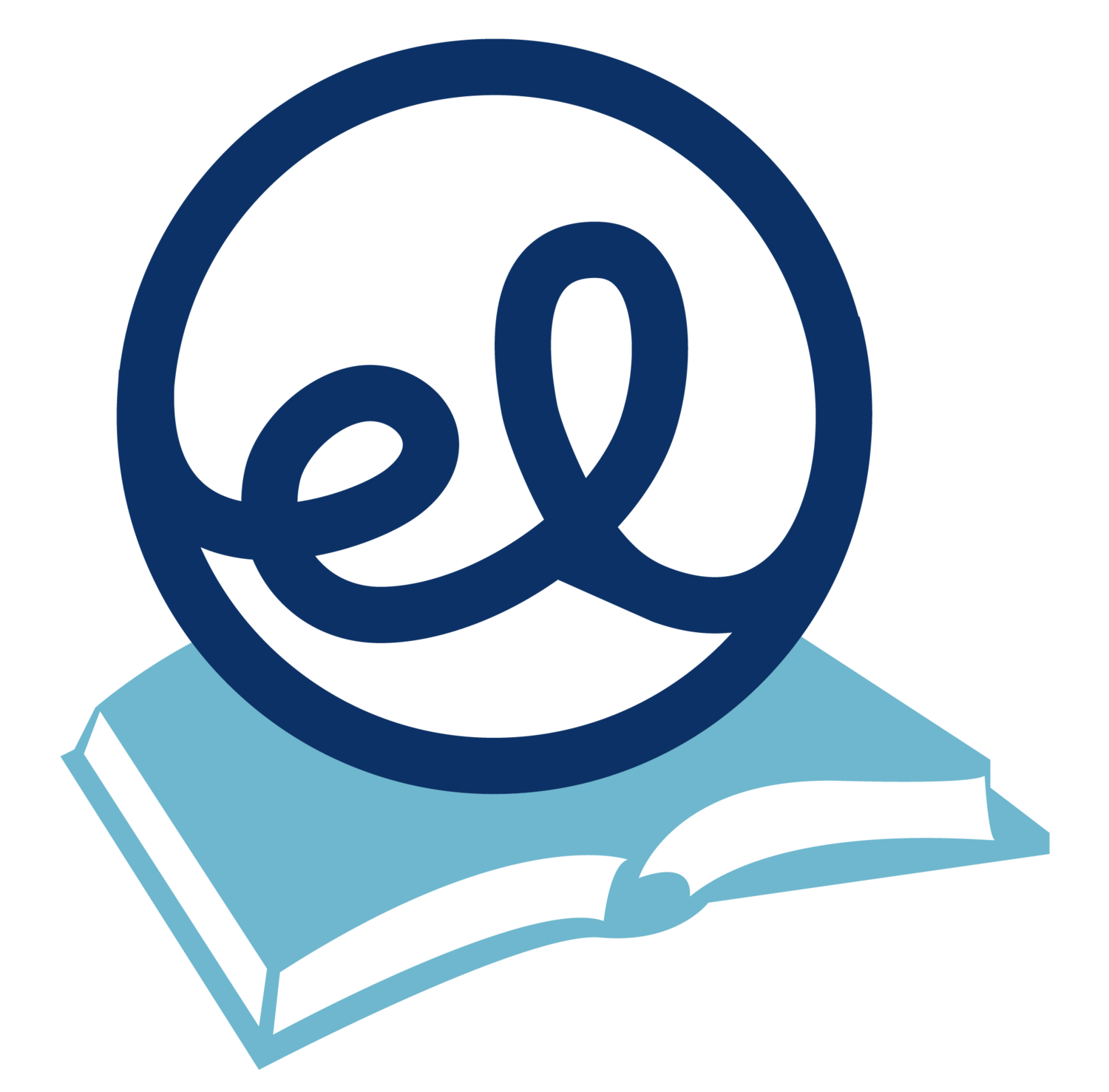
Social Emotional Learning
Improvisation is an ideal pedagogical strategy. It promotes literacy skill development because it encourages creation, analysis, and interpretation of text.
Spark student imagination and collaboration. YES, AND… taps into the power of improvisation, enabling teachers to build a foundation of growth for literacy within any content area. The impact that improv has on classroom learning can be directly linked to the current thinking on Social Emotional Learning. When students feel connected and emotionally invested in their experiences, they reach higher levels of learning and understanding.
Free Resource
Click below for more information about improv for the K-12 classroom and to download two activities: Spacewalk and Pearls on a String. These two sample activities are easy to master and have great potential for classroom application.
Reprinted from The Second City Guide to Using Improv in the Classroom: Using Improvisation to Teach Skills and Boost Learning in the Content Areas by Katherine S. McKnight and Mary Scruggs.
Keynote
Yes, And: Developing Social-Emotional Learning with Academic Skills
Improv is an ideal pedagogical strategy for teaching and learning because it has both inherent structure and flexibility. As a teaching method, it facilitates a student’s ability to unlock textual meaning, generate ideas, and solve problems. Additionally, the principles of improv are all linked to SEL Guiding Principles. Through ensemble building, teamwork, sharing focus, and giving/receiving side-coaching, students learn to care, practice, ask, reflect, respect, communicate, and empower.
Recently featured on the Teaching Channel.
Formats: Keynote, Keynote with follow up breakout session, or Full Day session
Suggested Companion Book: McKnight, K. S., & Scruggs, M. (2008). The Second City guide to improv in the classroom: Using improvisation to teach skills and boost learning. John Wiley & Sons.
Workshops
Do What Matters Most for Educators
In our research of more than 1,260 leaders, we found that 68% feel their biggest challenge is how to prioritize their time, yet 80% of those same people do not have a process to do what matters most. Consequently, teachers and administrators are reporting excessive stress and burnout at unprecedented levels. In this session, learn three high-performance habits you can use to prioritize time and focus and do what matters most for yourself AND your students.
Formats: Keynote, Keynote with follow up breakout session, or Full Day session
Suggested Companion Book: Shallenberger, R and Shallenberger, S. (2021). Do What Matters Most
The Inclusive Literacy Classroom: What is it Exactly, and How to Build It
Our classrooms are filled with dynamic students with diverse learning needs. In this session you will learn the fundamentals of the inclusive classrooms for developing literacy skills including effective teaching strategies and differentiating instruction.
Format: 60-90-120 minute presentation, Half Day session, or Full Day session
Promoting Equity and Social Justice in the Literacy Classroom
Our classrooms are filled with dynamic students with diverse learning needs. In this session, learn how to promote equity and social justice in classrooms while developing literacy skills.
Format: 60-120 minute session
Active play links sensory-motor, cognitive, and social emotional experiences and provides the optimal setting for brain development. The act of play develops the complex and integrated brain, so essential for learning, during childhood, throughout adolescence, and into adulthood. Therefore, students should have a variety of active learning experiences in all content areas including mathematics, language, social studies, the humanities, and science.
Improv is a valuable classroom strategy because it has both inherent structure and flexibility. Its structure stems from the problem solving process the players must apply to complete each task. Flexibility stems from simplicity; the students create everything that is needed from their own imagination. This makes improvisation a useful tool for developing first-rate writers, readers, and thinkers – as well as building healthy social relationships.
Katie McKnight literally wrote the book on Improv in the Classroom...
...and she's been advancing its use with K-12 students for over a decade! Most activities and learning strategies presented in the Engaging Learners YES...AND professional development are based on research that was done for the best selling book, The Second City Guide to Improv in the Classroom: Using Improvisation to Teach Skills and Boost Learning, by Katherine McKnight and Mary Scruggs. (Jossey-Bass, 2008). Each exercise has continued to be fine-tuned through years of experience with actual students in classrooms just like yours.
Engaging Learners presenters are uniquely qualified to train K-12 teachers in the principles of improv for the classroom and help them identify effective applications in any content area. Teachers leave each session with tools they can use in their classrooms the very next day. Let us know if you’re interested in a 1-day, stand-alone workshop for your school district or conference. Or ask us how you can incorporate improvisation and active learning into your 3-step literacy development plan.



